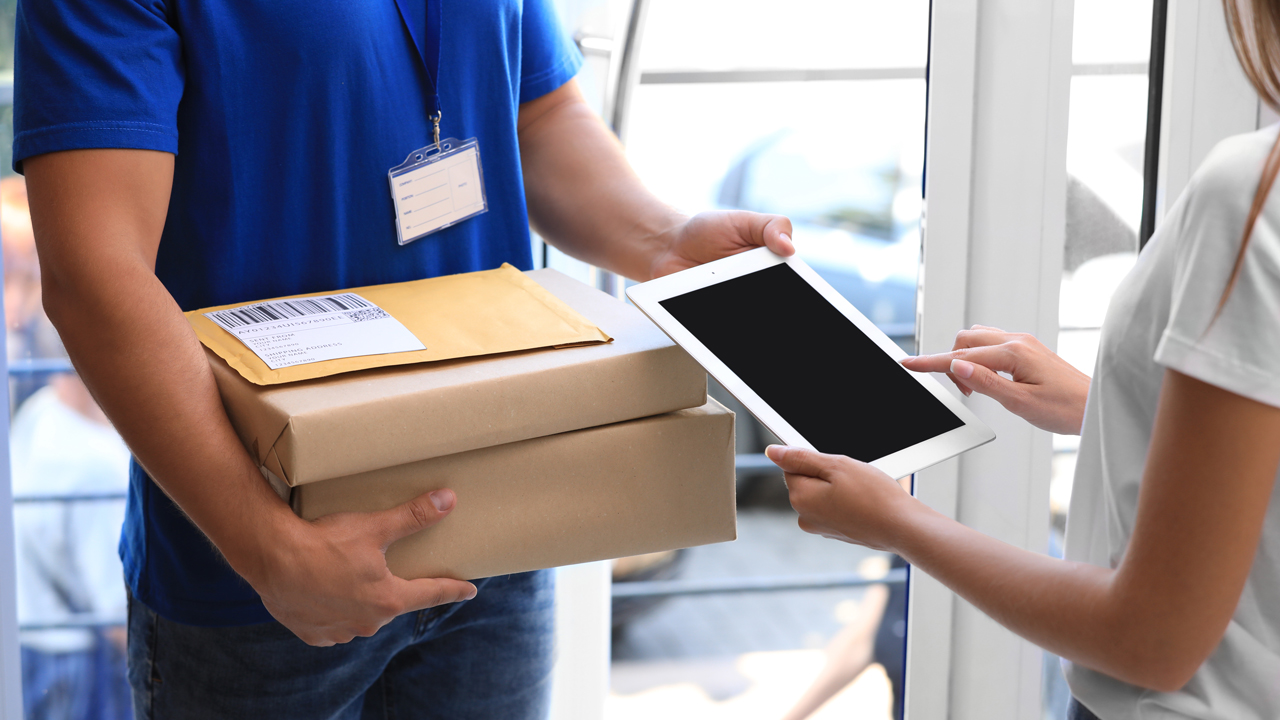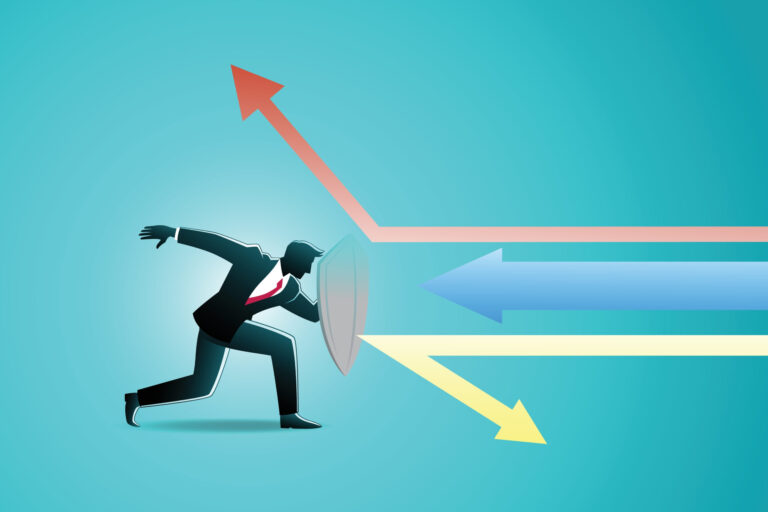Confirm Your Deliveries, Retain Your Revenue

Since quarantine, we’ve probably all come to appreciate how useful package tracking is as consumers; watching that certain comfort item make its way from purchase to porch was a ray of sunshine in an otherwise dull 2020. For merchants, tracking is ever more important as the lifeline to their revenue. Your money rides along with that package, and without that delivery confirmation, your revenue can float away if a dispute arises. Let’s have a look at the all-important Delivery Confirmation, because it’s your ticket to keeping your revenue safe at home.
“Goods not delivered” is one of the most common reason codes for disputes and chargebacks, and it is often a red flag that something is amiss in the dispute. Always investigate this particular dispute, because if the order is in fact confirmed delivered, odds are you’re dealing with friendly fraud; the customer is trying to get their money back and keep the product as well. With friendly fraud, customers can basically porch-pirate your money right out of your merchant account by abusing their issuer’s chargeback policy. However, in such cases, that delivery confirmation is your silver bullet to either stop the dispute or recover your revenue from the chargeback it creates.
WHAT IS A DELIVERY CONFIRMATION?
A delivery confirmation is the final stage of the tracking process. Tracking logs the journey of a product from you or your suppliers all the way through to its delivery to your customer. To better understand what a delivery confirmation is, here’s what the major US carriers provide:
USPS
“Provides the Date, ZIP Code, and Time that your mail piece was delivered. If delivery was unsuccessful, you will get the date and time of attempted delivery. Delivery Confirmation is free for First-Class Mail parcels, Priority Mail, and Parcel Select. $1.05 for non-barcoded Media Mail.” For an additional fee, a recipient signature can also be obtained.
UPS
“UPS will provide confirmation of delivery without the recipient’s signature. Note: Similar information is available when you track your package online.” UPS can also obtain recipient signature, and even an adult signature from recipients aged 21 and older.
FEDEX
FedEx provides confirmations similar to UPS: no-signature deliveries, signature required, and adult signature required. In 2022, FedEx is taking the adult signature requirement one step further by also requiring an ID scan. Unless you’re shipping alcohol or other age-sensitive items, this option might cause more problems than it solves.
In case you don’t know already, if your shipping solution doesn’t provide tracking, leave them now. Without tracking, you have a gaping hole in your fulfillment, and your customers can’t check on their shipments either. Any courier worth their tires will have an integration for you to record deliveries on your end. Not only that, you’ll need to show it in “Goods not delivered” dispute.
WHAT ABOUT DIGITAL ITEMS?
Confirmation of virtual or digital items is actually easier to obtain than with physical goods, because you’re typically sending these direct to the customer, without a carrier. Whether you’re selling subscriptions or memberships, or your customers download your product – any action your customers take to access their digital purchases can be logged on the server those products live on.
This is typically known as the access.log file, although there are many third-party integrations that can also provide enhanced access data. Here’s what you’ll need to configure your log file to capture. Consult with your server admin or your hosting provider to ensure these items are logged:
- Timestamp when each user accessed product
- IP address, Device ID and browser that your customer accessed from
- In cases of download, success or failure of download
- You can also capture browse history and any user engagement such as comments or likes.
DELIVERY CONFIRMATIONS IN DISPUTE MANAGEMENT
Okay so you have your carrier providing you with tracking, or you have your access log up and running on your server. Now how do you leverage these assets in the event of a dispute? There are actually two strategies you should to deploy your delivery confirmations in order to ensure revenue retention against disputes: Deflection and Recovery.
1. Deflection
This is the ideal outcome to obtain with your confirmation. Deflection is achieved by communicating the delivery confirmation to both the cardholder who made the purchase, and their card-issuing bank, preventing an inquiry from escalating into a dispute.
Let’s say a customer buys a gift for someone and checks on its delivery. Seeing that delivery confirmation will prevent them from going to their bank with a problem. Or, if the customer tries to pull a fast one claiming the item was not received, their bank will have the information they need to “talk off” a potential dispute.
There are currently two services that send delivery confirmations to these parties, in real time: Verifi Order Insight and Ethoca Consumer Clarity. There are some exceptions, but Visa transactions will typically go to Order Insight, Mastercard goes to Consumer Clarity. Other card networks are divided between the two, depending on the issuer. ChargebackHelp’s deflection module, CBH+Deflect, integrates all your delivery confirmations and routes them to the correct service, depending on the card-issuing bank for each transaction.
2. Recovery
In cases where “goods not received” disputes escalate past deflection and become chargebacks, merchants can seek to recover their revenue through a process called representment. After the amount of the transaction is charged back to the customer, the merchant can send a rebuttal letter back to the cardholder’s bank with compelling evidence proving the chargeback was unwarranted. In these cases, the delivery confirmation should be the rebuttal’s centerpiece, accompanied with additional information to back it up.
ChargebackHelp’s representment module, CBH+Recover, makes this process supremely easy. All relevant data from each transaction, including delivery confirmation, are integrated and tied to their disputes. You can look up all “goods not received” disputes, see the delivery confirmation and know right away if you can fight back. You can also optimize your response by reviewing previous successful representments to understand exactly what evidence you need to provide. But every success against these “not received” disputes relies upon that all-important delivery confirmation.
DELIVERY BEST PRACTICES
Deflection and recovery may not stop or reverse every “not delivered” dispute that comes your way. But there are steps you can take to dramatically reduce your disputes, and improve your success in fighting them.
- Always use carriers that provide tracking and delivery confirmations
- Do not guarantee an exact delivery time (say “approximately 1-2 business days” vs. “Tomorrow by 12pm”).
- Send emails documenting your fulfillment.
- Solicit customer response upon delivery so they come to you first with any problems.
- Log everything in an accessible database.
CONCLUSION
Keeping your delivery confirmations is just one example of using data capture to retain revenue from disputes. Contact us today to find out what other data points in your transaction stream can be successfully mobilized against disputes. Send us an email, call us at 1.800.975.9905 or contact us here.






